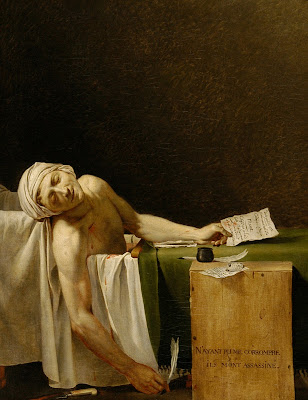Non Western: Neo-Concrete Art

Neo-Concrete Art In 1959, the Neo-Concrete Art movement blossomed in Brazil after the Concrete Art movement migrated to Brazil from Europe in the 1950's (Taheza). Neo-Concrete artists took inspiration from Concrete art which conveyed scientific principles through abstraction. Rather than expressing scientific principles, Neo-Concrete artists aimed to express a more poetic feeling through abstraction. Many art works from this movement have either multiple or loose meanings leaving more room for different interpretations from the viewers. I appreciate the freedom and flexibility of Neo-Concrete art especially compared to Concrete art. Spatial Relief (red) REL 036 , Hélio Oiticica, 1959 The piece above was made from polyvinyl acetate resin on plywood and is displayed suspended from the ceiling. The artist's intentions were to force the viewer to walk around and explore the piece in order to see its various shapes and colors. According to Tate, "It is painted in two very sim...





